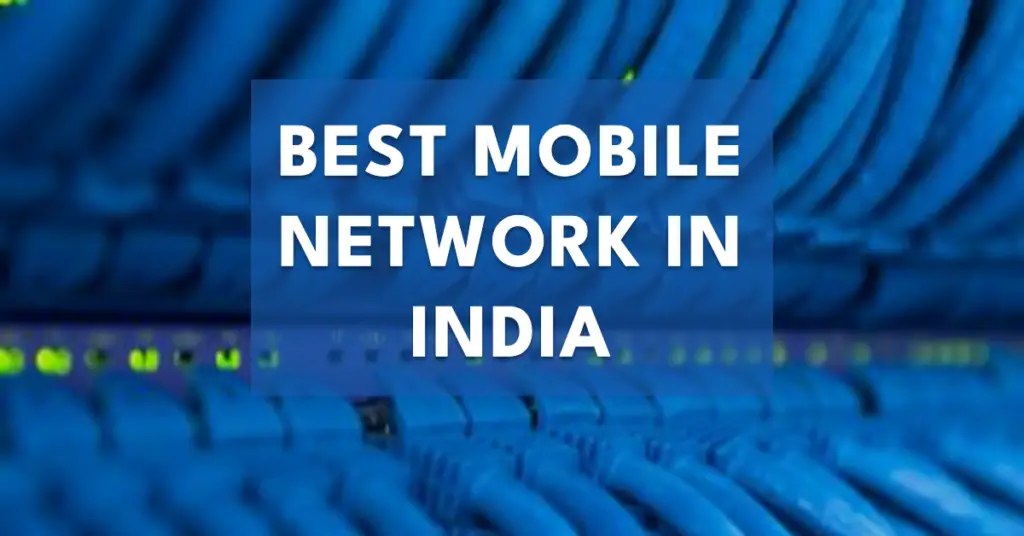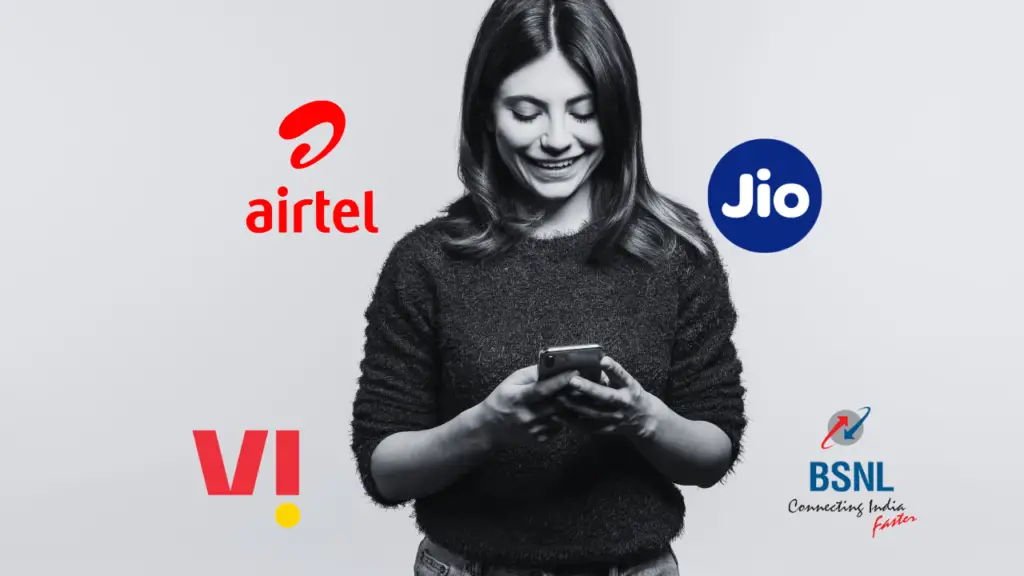In mobile technology, terms like 5G, 5G+, 5G UC, and 5G UW have become part of our daily lexicon.
But what do these terms actually mean, and more specifically, what is 5G+? If you’ve ever wondered about these, you’re in the right place.
5G+ is a term used primarily by AT&T to refer to their higher-band, millimeter wave (mmWave) 5G network.
Which promises faster speeds, better connectivity, and more advanced features compared to the standard 5G network.
But why should you care about 5G+?
Simply put, if you’re a mobile phone user or a tech lover looking to stay ahead of the curve.
Understanding what 5G+ offers can help you make informed decisions about your next smartphone or mobile plan.
In this article, we’ll know what 5G+ is, how it differs from regular 5G, and why it matters for you. We’ll also touch on related terms like 5G UC and 5G UW.

What is 5G+
5G+ is not just another version of 5G; it’s a significant upgrade.
AT&T uses the term 5G+ to denote their millimeter wave (mmWave) 5G network, which operates on a higher frequency spectrum than the standard 5G.
This allows for much faster data speeds—sometimes up to 2 Gbps—and significantly lower latency, making it ideal for activities like streaming 4K videos, online gaming, and even future applications like augmented reality (AR) and virtual reality (VR).
So, when you see 5G+ on your phone, it means you’re connected to AT&T’s top-tier 5G network, which is designed to provide the best mobile experience in terms of speed and performance.
While standard 5G offers better coverage and reliability than its predecessor 4G LTE, 5G+ takes it a step further by focusing on performance in densely populated areas.
What is 5G?
The newest wireless tech, called 5G, is really fast. It doesn’t take long to download stuff, and it’s great for things like virtual reality.
So, what is it? It’s the next level of how we connect to the internet.
It’s going to change how industries work and how we live. It can send a lot of data at once because it works on higher frequency bands.
No more waiting for things to load – now you can do lots of cool stuff without any delays.

Types of Spectrum Bands Explained
Different types of 5G networks, such as 5G UW and 5G UC, utilize varied frequency bands to optimize coverage and performance. These include:
Low-Band Spectrum
Provides broad coverage across major cities and rural areas, ensuring consistent connectivity even in remote locations.
Mid-Band Spectrum
Offers a balance between coverage and speed, suitable for high-speed internet in urban and suburban areas.
High-Band Spectrum
Delivers the highest speeds and capacity but with limited coverage, ideal for dense urban environments.
Spectrum Band Comparison Table
| Type | Coverage | Speed | Use Case |
|---|---|---|---|
| Low-Band Spectrum | Widespread | Slightly better than 4G LTE | Broad coverage with modest speed improvement |
| Mid-Band Spectrum | Moderate | Significantly faster than 4G LTE | Balanced coverage and speed |
| High-Band Spectrum | Limited | Highest speeds | High-speed applications in dense urban areas |
How fast is 5G?
5GHz speeds reach 10 Gbps. Five G speeds are 100 times faster than 4G.
How can you use 5G to increase the speed? I love the questions. Typically speaking, the smaller the frequency, the greater the band. 5G network speeds are boosted with a short frequency range (millimeter waves between 30 GHz and 300 GHz).
These high-band 5G frequencies give the anticipated boost to the bandwidth of the network with low latency and high quality.
4G LTE vs. 5G vs. 5G+ – What’s the Difference?
| Type | Coverage | Speed | Use Case |
|---|---|---|---|
| Low-band 5G | Widespread | Slightly better than 4G LTE | Broad coverage with modest speed improvement |
| Mid-band 5G | Moderate | Substantial improvement over 4G LTE | Balance between coverage and speed |
| High-band 5G (mmWave) | Limited | Extremely fast | Urban centers, stadiums, and high-traffic areas |
| 5G+ | Very Limited | Fastest available on mobile networks | High-speed performance where needed most |
| Standard 5G | Broad | Varies by band (low or mid) | General use with improved performance over 4G LTE |
Why is 5G+ Important?
Incredible Speed
5G+ can offer download speeds that are 10-20 times faster than standard 4G LTE, allowing you to download movies, apps, and other large files in seconds.
Low Latency
The reduced latency in 5G+ networks enhances real-time applications such as gaming and virtual reality, providing a smoother and more responsive experience.
Enhanced Connectivity
5G+ can support a higher density of devices, making it ideal for densely populated areas and supporting the growing number of smart devices.

How Does 5G Work?
5G networks rely on a mix of low-band, mid-band, and high-band frequencies to deliver faster speeds and better connectivity.
Mid-Band Networks
Small cell towers are strategically placed throughout urban areas to improve data speeds and offer blazing fast speeds via a mid-band network.
High-Band Networks
High-band networks, also known as millimeter-wave networks, provide extremely high speeds but have limited range and require a dense network of small cells.
Benefits of 5G
Now, let’s talk about why 5G is so cool. Get ready for the awesome things this new tech can do.
Super Fast Speed
No more waiting for things to load. Watching movies? Easy. Downloading big files? Quick. Your internet will be smoother than ever.
Almost No Delays
Everything happens immediately when you’re gaming or using your gadgets—no more annoying lag.
Handles Lots of Devices
Imagine a town full of smart gadgets – cars that drive themselves, connected devices; you name it. 5G can handle them all.
Cool Tech: AR, VR, IoT
Get ready for a world full of cool experiences and everything connected with augmented reality (AR), virtual reality (VR), and the Internet of Things (IoT).
So, get ready for a tech change. 5G is here to make life, work, and play better. It’s like the sky – lots of good stuff. Stay tuned for more about this super cool tech.
Understanding 5G UC and 5G UW
In addition to 5G+, you might have come across terms like 5G UC and 5G UW. These terms are used by different carriers to describe their advanced 5G networks:
T-Mobile uses this term to describe its mid-band 5G network, which offers better speed and coverage than its low-band 5G. 5G UC provides a balanced experience with speeds faster than 4G LTE but with broader coverage than 5G+.
This term is used by Verizon to refer to their mmWave 5G network, similar to AT&T’s 5G+. 5G UW focuses on delivering ultra-fast speeds in high-density areas, making it comparable to 5G+.
While these terms might seem confusing, they essentially represent different carriers’ branding of their 5G networks. The key takeaway is that both 5G UC and 5G UW are advanced forms of 5G, offering better performance than standard 5G.
T Mobile’s 5G UC and Extended Range Services
The mobile giant divides the 5G networks between five-gig band ultra-capable (5G UC). 5G extended range provides more coverage.
5G UC combines 2.4GHz midband frequencies for high-speed connections as indicated on smartphones’ 5G UC badge.
If you have an iPhone that shows just 5G, then you can use Extended Range service, which uses less speed and lower bands with speeds comparable to 4G.
Source: T-Mobile, Inc.
Problems 5G can Bring to Humans
Though 5G technology is exciting, it has its downsides.
Health Concerns: Some studies suggest the new 5G signals might affect our wellbeing, but this is still being studied.
Privacy Issues: With everything connected, more of our personal information could be exposed.
High Costs: Setting up 5G is costly, and these expenses might be passed on to consumers.
Digital Divide: Not everyone will get 5G at the same time, which could increase the gap between areas with advanced technology and those without.
In short, 5G brings speed and connection, but it also brings some issues—health worries, privacy problems, big bills, and a risk of leaving some people behind.
What is AT&T 5G? Understanding the Differences Between AT&T’s 5G Networks
5G
This is AT&T’s standard 5G network, offering better speeds than 4G LTE but less fast than 5G+. It’s available in most areas where 5G is deployed.
5G+
5G+ is AT&T’s high-speed mmWave 5G network, available in select high-density areas.
5GE (5G Evolution)
Despite its name, 5GE is not actually 5G. It’s an enhanced version of 4G LTE that offers faster speeds than traditional 4G but doesn’t reach the speeds of true 5G.
For most users, standard 5G will suffice for daily tasks like browsing, streaming, and social media. However, if you’re in an area where 5G+ is available and you need the fastest possible speeds, 5G+ is the way to go.
How to Know if You Have Access to 5G+
5G+ Availability
The Next Chapter for 5G+
In the coming years, carriers will continue to expand their 5G networks, bringing 5G+ to more people nationwide.
With its lightning-fast speeds, minimal delays, and ability to handle tons of devices, 5G+ will change the face of future for IoT devices, smart cities, and safety networks.
Things like self-driving cars, telemedicine, and sturdy public systems will grow.
Expanding 5G+ is only part of the broader 5G rollout, which aims to transform how we connect, communicate, and interact with the world around us
Some Frequently Asked Questions On 5G and 5G+
Q1. Is 5G+ better than 5G?
5G + offers faster and more responsive performance for most demanding software applications. The 5G Plus technology enables mobile apps to be viewed and operated from any device.
Q2. What does 5G+ mean?
5G+ was named after AT&T’s network in the mmWave and midband bands. This band provides the fastest speeds of 5G with very low latency but limited ranges. The 5G speeds range between 100Mbps and 1Gbps.
Q3. Can I Use 5G+ for Gaming?
For sure! 5G+ is awesome for online gaming because it’s super quick and has no annoying delays.
Q4. Is 5G plus real 5G?
Unlike 5G it is true 5G with a few variations of lowband. AT&T uses 5G Plus for millimetric waves, middleband and c-band 5G networks. In this case, Verizon has a millimeter-wave 5G network that uses Cband 5G as its standard network name.
Q5. What is 5G+ speed
5G+ has 3600 MHz and can reach up to 1 gbps. Rogers: 5 GHz is limited from 250Mbps to 3500MHz. GPRS Plus supports 3000MHz and is capable of transferring 1Gbps. Koodo 5G has a speed limit of 500Mbps.
Conclusion
A 5G+ network offers higher speeds, lower latency, and increased performance in densely populated areas.
5G UC and 5G UW are other variations in the broader 5G ecosystem.
No matter if you are a mobile user looking for the fastest speeds or a tech lover interested in the newest innovations, understanding 5G+ and its benefits is crucial.
With 5G+, the future of mobile technology is not just about faster downloads—it’s about unlocking new possibilities that will shape how we live, work, and play.
So, the next time you see 5G+ on your phone, you’ll know you’re connected to one of the fastest networks available today.
Thank you very much for sticking with me. If this 5G talk made sense to you, why not share it? Also, was this talk helpful to you or not? Please let me know in the comments!


